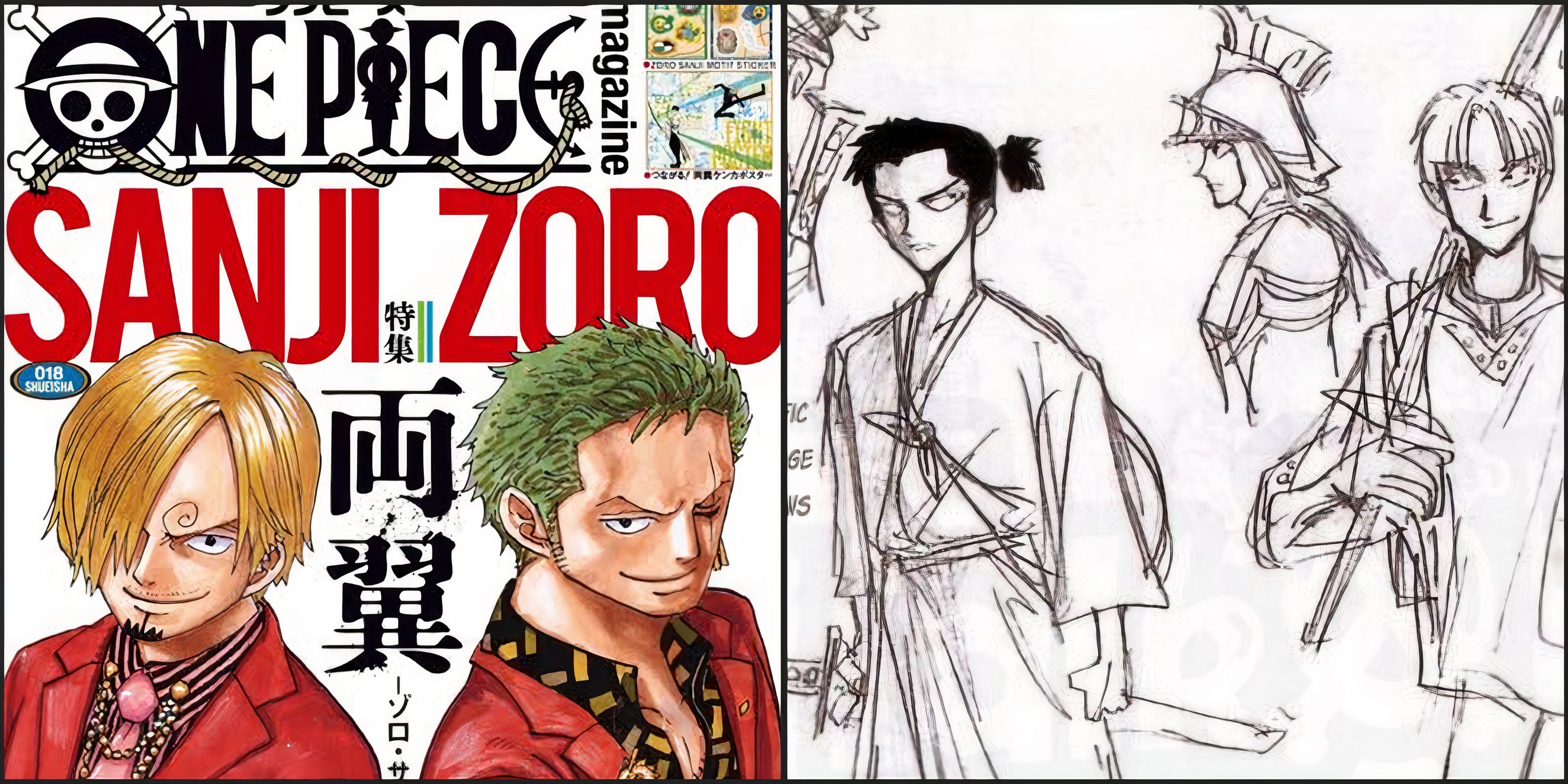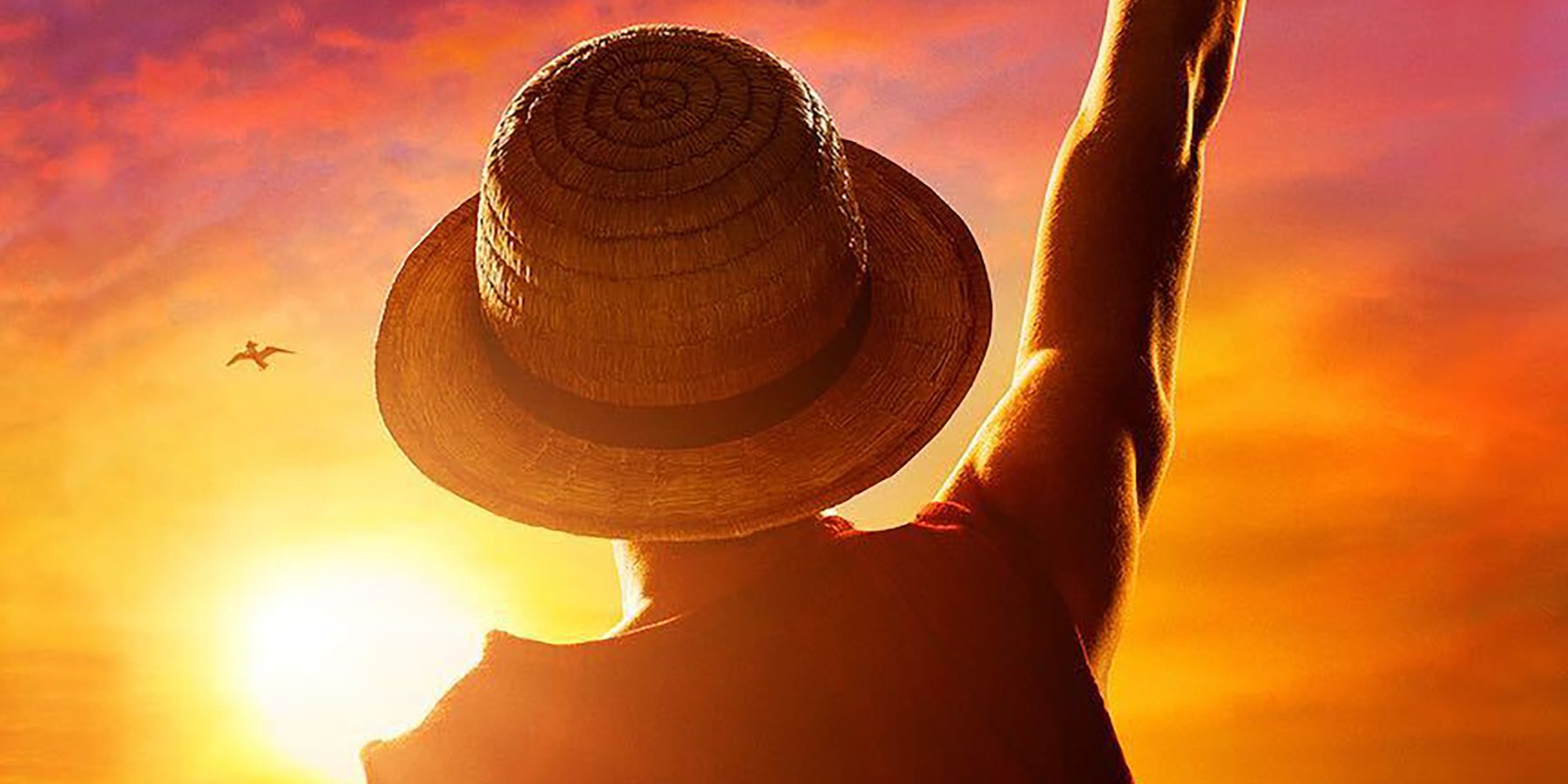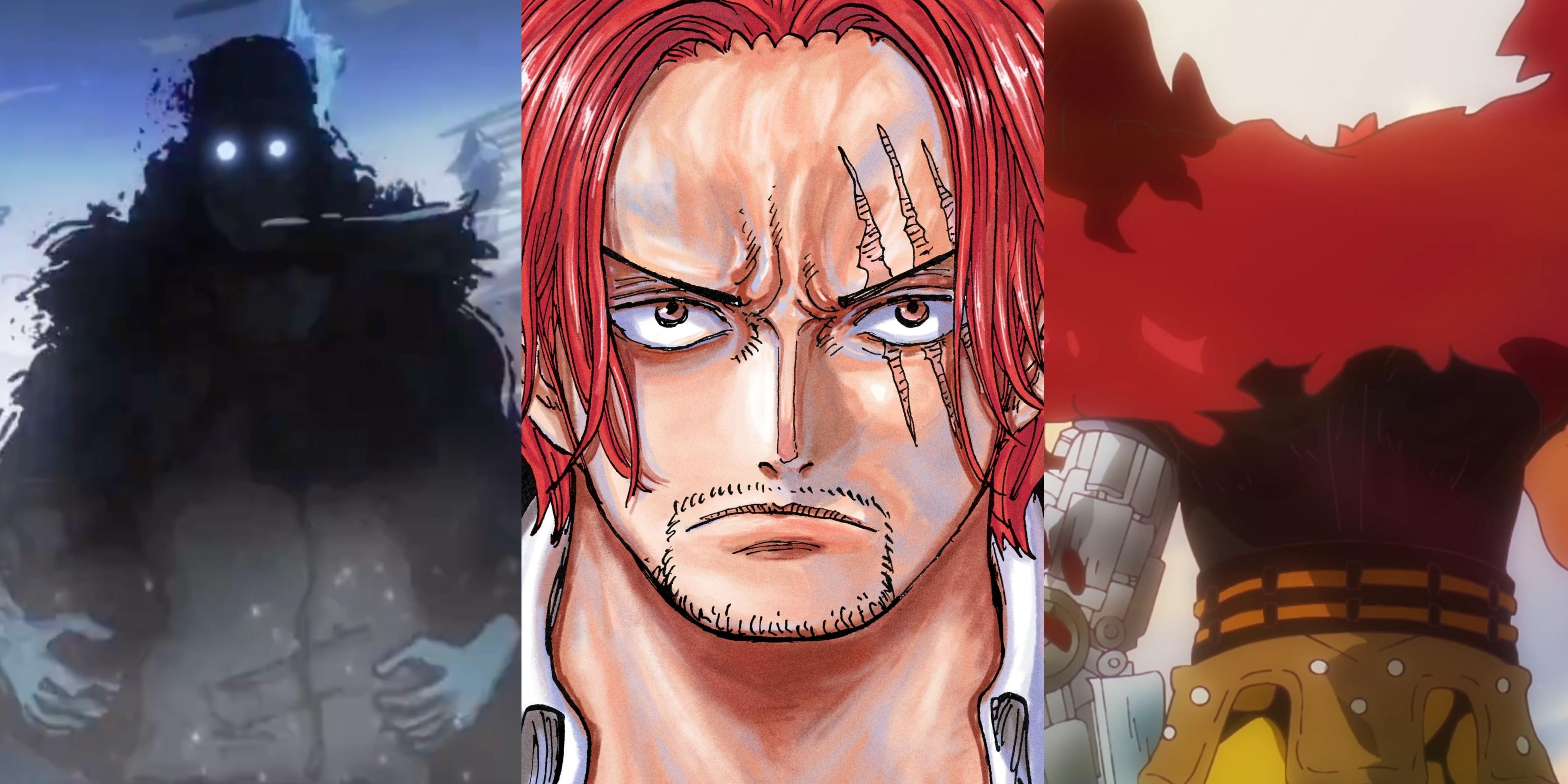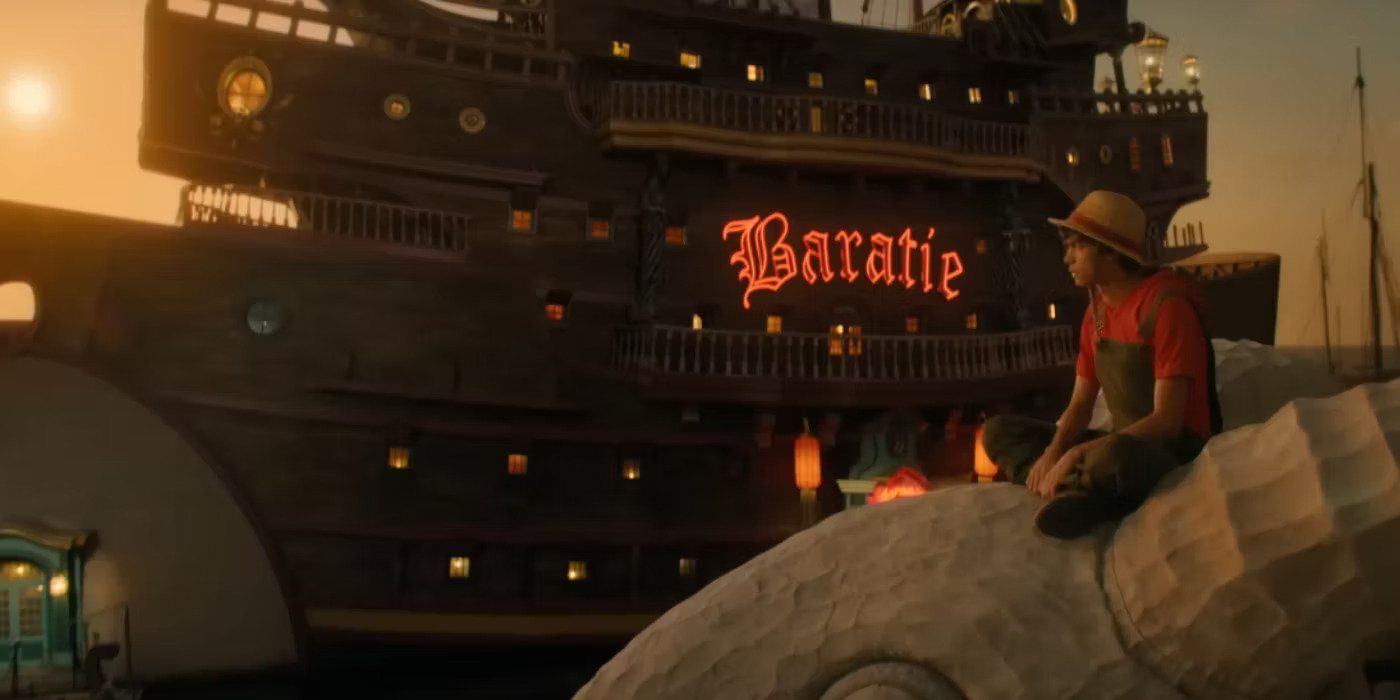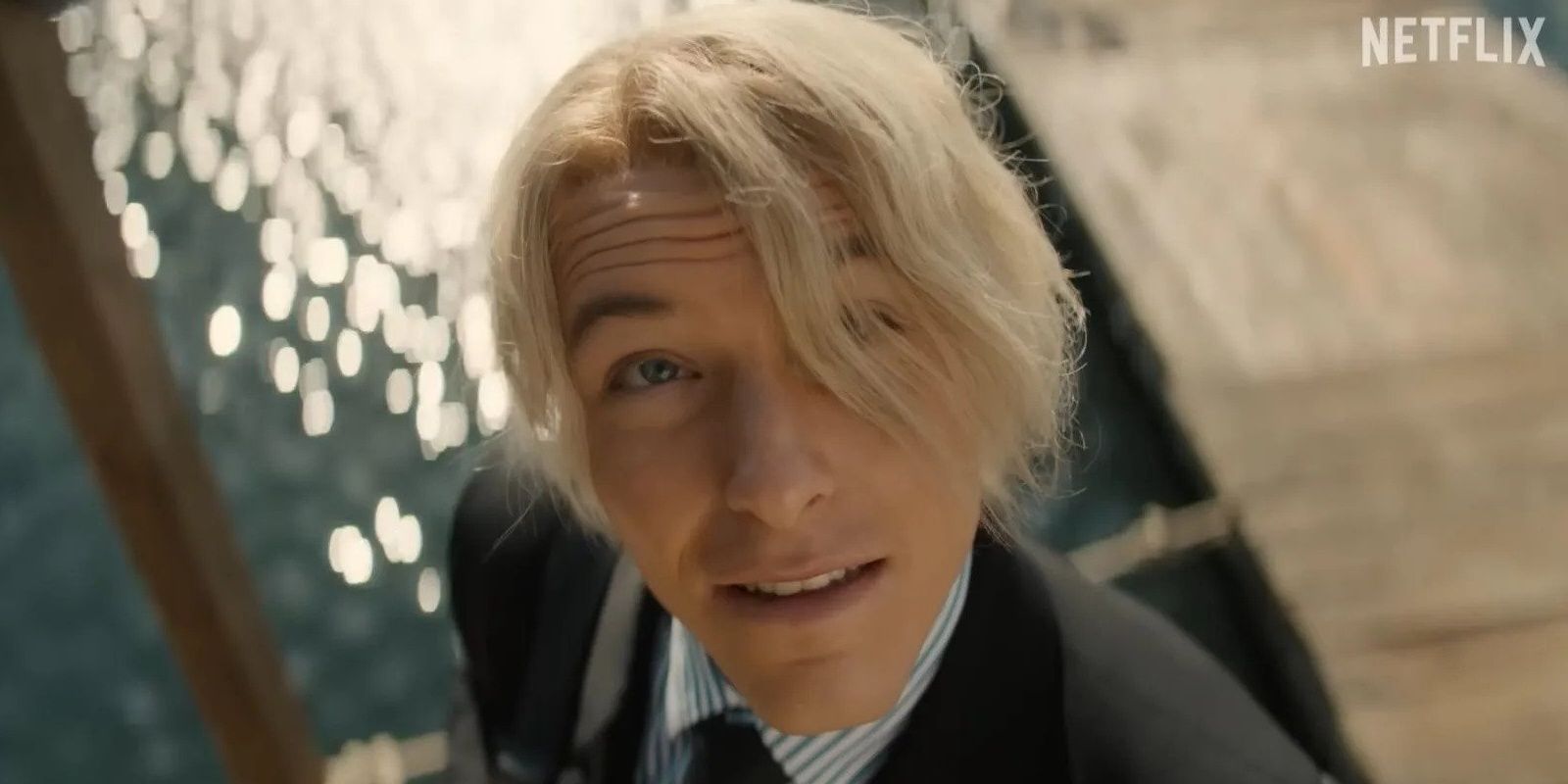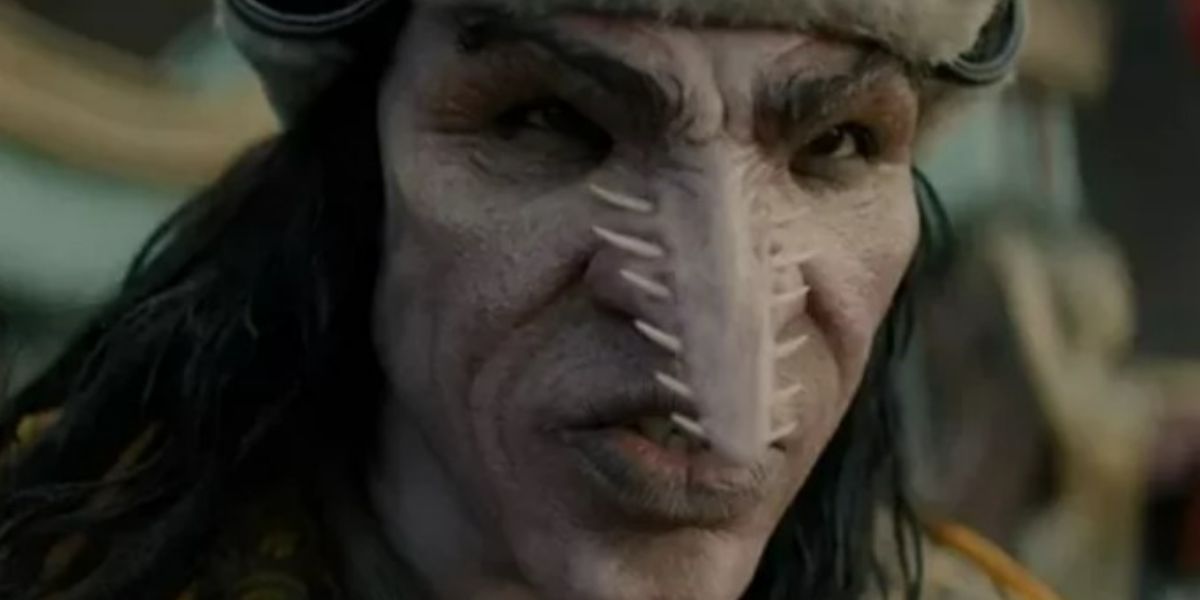Netflix's One Piece has been quite faithful so far. Many of the scenes were borrowed entirely from the manga, though out of order or slightly altered. One of the first big deviations came in the last episode, and this entry plays out its effects. Arlong has finally entered the main story, giving the season the primary antagonist it so clearly craved. This episode is the saddest so far, but it's still compelling.
Tim Southam and Steven Maeda are back to handle directing and writing duties. The newcomer to the screenwriting team is Diego Gutierrez, not to be confused with the soccer player of the same name. Gutierrez has been consistently producing and writing for TV shows since the early 2000s. He worked on classics like Buffy the Vampire Slayer and created the 2019 drama Monarca.
Episode 6: "The Chef and the Chore Boy" is about dealing with the aftermath of decisions made in the last episode. Zoro's bout with Dracule Mihawk went as poorly as imagined, leaving him with a massive wound across his chest. Zeff and Sanji put their differences aside to treat his injury to the best of their abilities. Nami blames Luffy for failing to dissuade Zoro from fighting a superior foe, her faith in her captain waning. Though Luffy has accomplished some impressive feats, it's clear that there are many things about being a captain he doesn't understand. Luffy's childlike optimism clashes with Nami's pessimistic, survivalist outlook on the world. With the specter of Zoro's death looming large in everyone's mind, the newly formed Straw Hat crew threatens to disband before its first real voyage.
In the meantime, Mihawk refuses the Marine's call to take Luffy in. After a tense back and forth between Mihawk and Garp, Koby learns that his superior officer is also Luffy's grandfather. Fans may recall Mihawk easily dispatching Don Krieg in the previous episode. That execution leaves the Baratie arc without its traditional villain. Mihawk then calmly walks out of the series, possibly for the last time. With Mihawk's big scene over and Don Krieg dead on a beach hundreds of miles from the plot, the Baratie needs a new villain. Leave it to Arlong the Saw to step in where he is very much not wanted. The structure of the live-action streaming series has fit these brief sub-arcs well, handling Captain Kuro in just two episodes and dealing with Buggy in only one. However, it's clear that they wanted a main-event villain to hang over the rest of the series. This works much better here than when Cowboy Bebop did it.
One of the problems with these live-action adaptations is their need to make everything feel a bit more "epic" than it is. That's not to say that pomp and circumstances are, in any way, a bad thing. Big moments are established in the source material through their build-up, importance, and genuine audience reactions. In most adaptations, the writers and directors already know where to put all of their emphasis. That can lead them to overdo it. Take Arlong's intro music, for example. It's a strange, out-of-place electronic beat that conflicts with most of the series' Hans Zimmer or Klaus Badelt-inspired score. It's designed to mark the fish-man as the ultimate villain, but it winds up selling him as a bad boss fight from a PS2 beat-em-up. Sincerity is hard to come by in modern times. Adaptations of all kinds would be wise to let their best moments play out naturally. If things go well, they might even stumble into something original.
One Piece plays an interesting game with its most grounded elements. This episode features a deep dive into Sanji's backstory. The cook went through a deeply harrowing experience with his mentor, Zeff. Captured in live-action, it's one of a few scenes that could be excised from the series and convincingly sold as a different show. These moments are bizarre in the context of a show that also has a rubber man and a guy with a sword in his teeth. They're a little bizarre in a show that just spoke about becoming the greatest chef in the world. This problem doesn't exist in the anime, where crushing shifts in tone are par for the course. It's a sharp reminder that even as One Piece delivers a much better experience than most, adapting anime to live-action is an uphill battle.
One Piece has established its main villain for the series just after splitting its party. The show only has a couple of episodes to go, and plenty of room left to make mistakes. As a season of TV, One Piece is fun, charming, funny, and unique. As an adaptation of Eiichiro Oda's classic manga and anime, it's just about as good as one could imagine. One Piece isn't likely to be King of the Pirates or of anything else, but it's a lot better than fans were expecting and well worth the time investment.

